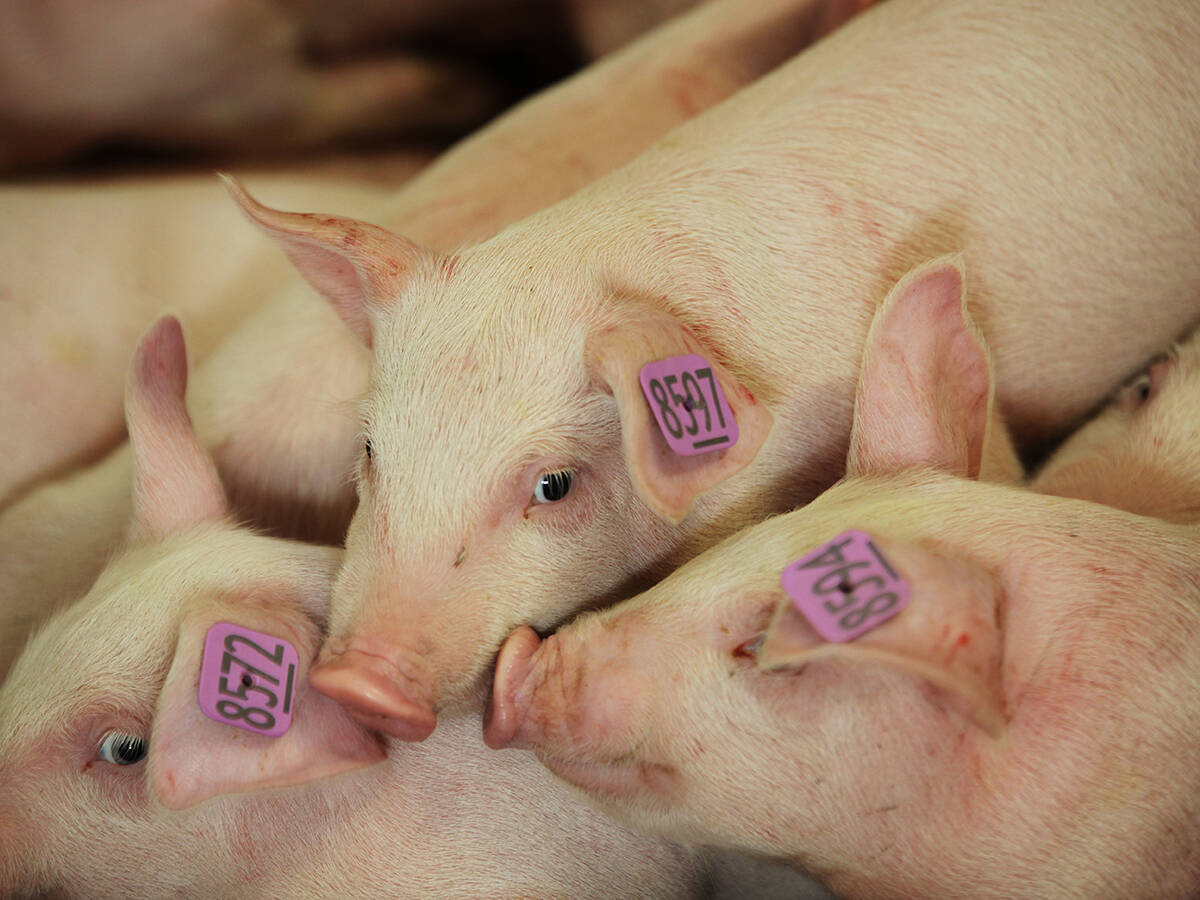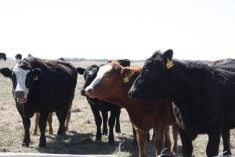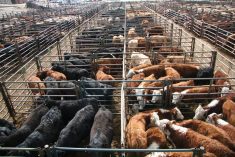The balancing act between the public’s right to know about genetically
modified food and the practicalities of food labelling is an ongoing
challenge.
A growing list of manufactured products contain GM ingredients but so
far, no labelling standards are in place.
“We think 70-80 percent of the food supply contains genetically
modified ingredients due to corn, soya and canola,” said Laurie Curry,
who represents food processors and manufacturers.
“The issue of biotechnology is the biggest consumer trust issue that
Read Also

The Western Producer Livestock Report – October 16, 2025
Western Producer Livestock Report for October 16, 2025. See U.S. & Canadian hog prices, Canadian bison & lamb market data and sales insights.
food manufacturers have ever faced.”
Speaking at the recent CropLife Canada meeting, she said that in 1999
Greenpeace demanded mandatory labelling and a moratorium on GM food.
Neither has happened.
She said progress stalled because groups such as the House of Commons
agriculture committee and the food manufacturers want voluntary labels,
while other groups want mandatory labelling.
Curry said public education is needed to build consumer confidence in
food and the Canadian food regulatory system.
“The government needs to stand behind the strength of their regulatory
system,” she said.
There are 353 pieces of federal and provincial legislation governing
food processing and packaging.
“Everyone must understand whatever goes on a label, we are bound by law
to prove. If we are going to say a product is genetically modified or
derived from biotechnology, we have to prove it.”
Identity preserved ingredients would be required to provide full
disclosure, she added, but that could raise food prices.
As well, Ottawa needs to assess trade implications, because mandatory
labels in Canada could violate the North American free trade agreement.
The Canadian General Standards Board, whose members include food
processors, grocers, crop protection groups and agriculture, said
labels must be informative, understandable, verifiable and not false or
misleading.
“We want to make sure whatever labelling does come into place, those
five principles can be verified and can be enforced and provide
reasonable information to the consumer,” she said.
If the standards board fails to set standards, the government is likely
to step in and force mandatory labels.
She suggested that a labelling pilot might work.
A recent poll told the standards board that nearly half of consumers
view a label as a warning and 25 percent are less likely to buy a
labelled product carrying information about GM ingredients.
In addition, 87 percent said food containing GM ingredients should be
labelled. About a quarter of those queried said they would not buy
products containing GMOs and about half said the use of these products
is unacceptable.













